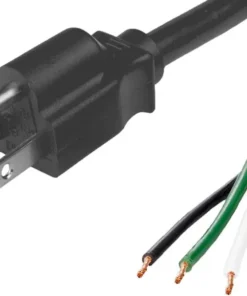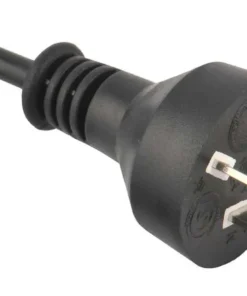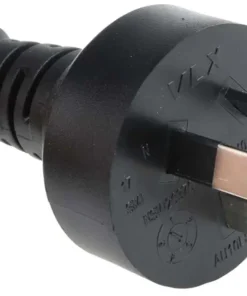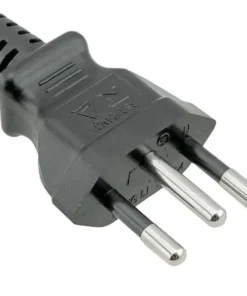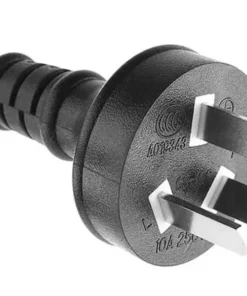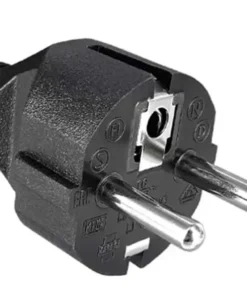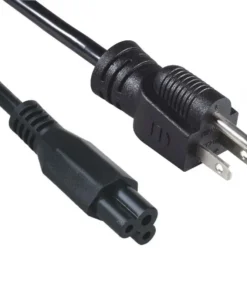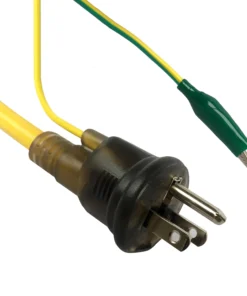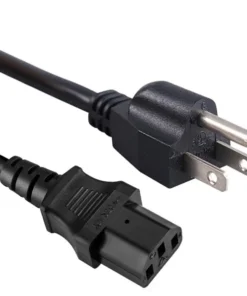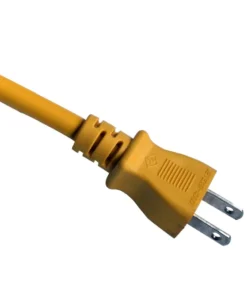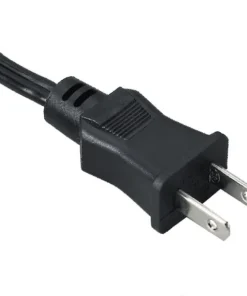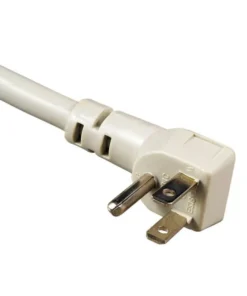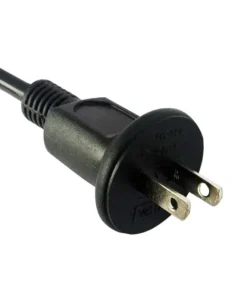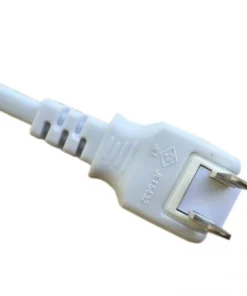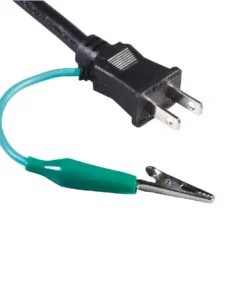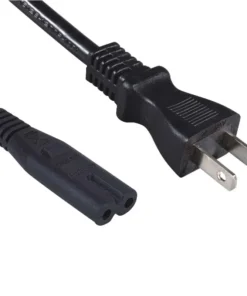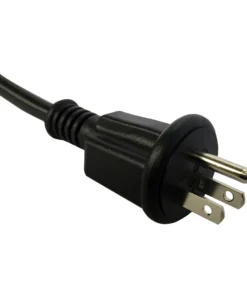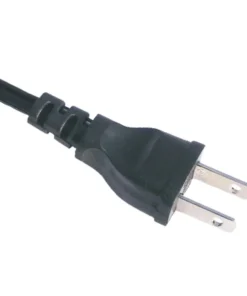Japan Power Cords
1. Japan Industrial Standard (JIS C 8303):
- This standard covers two-pin ungrounded plugs and sockets, typically rated for 100-125 volts and 15 amps.
- It’s commonly used for low-power devices like TVs, radios, and laptops.
- The plug is similar to the North American NEMA 1-15 (two flat prongs), but slightly smaller.
- It’s crucial to note that using non-JIS C 8303 compliant cords with higher-powered devices can be dangerous due to potential overheating and fire hazards.
2. PSE (Product Safety Engineering) Mark:
- This is a safety certification for electrical products sold in Japan.
- While not technically a standard for plugs and sockets, many power cords used in Japan will carry the PSE mark to indicate compliance with safety regulations.
- You can find PSE-marked cords for both ungrounded (JIS C 8303) and grounded (three-pin) configurations.
Additional Points
- Voltage: Japan uses a nominal voltage of 100 volts AC, unlike most of North America with 120 volts AC. Ensure your device accepts this voltage or has a proper voltage converter.
- Frequency: Japan operates on a 50 Hz power grid, while North America uses 60 Hz. Some devices might not function properly due to this difference.
- Grounded vs. Ungrounded: JIS C 8303 mainly uses ungrounded plugs, but grounded (three-pin) options exist for higher-powered devices.
- Purchasing: When buying power cords for Japan, always purchase from reputable sources and ensure they comply with JIS C 8303 and/or carry the PSE mark.
